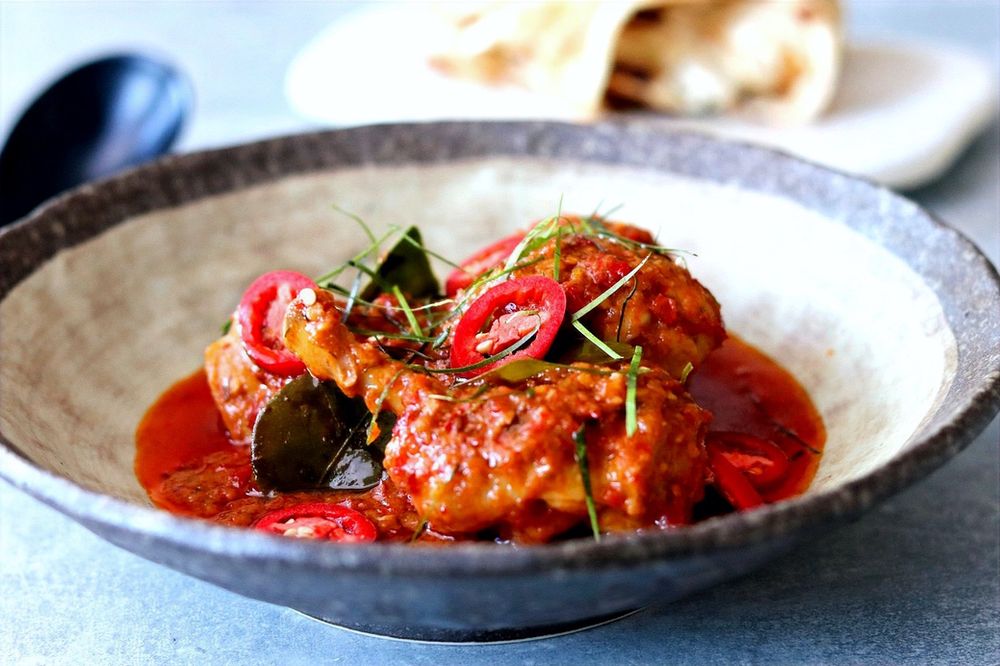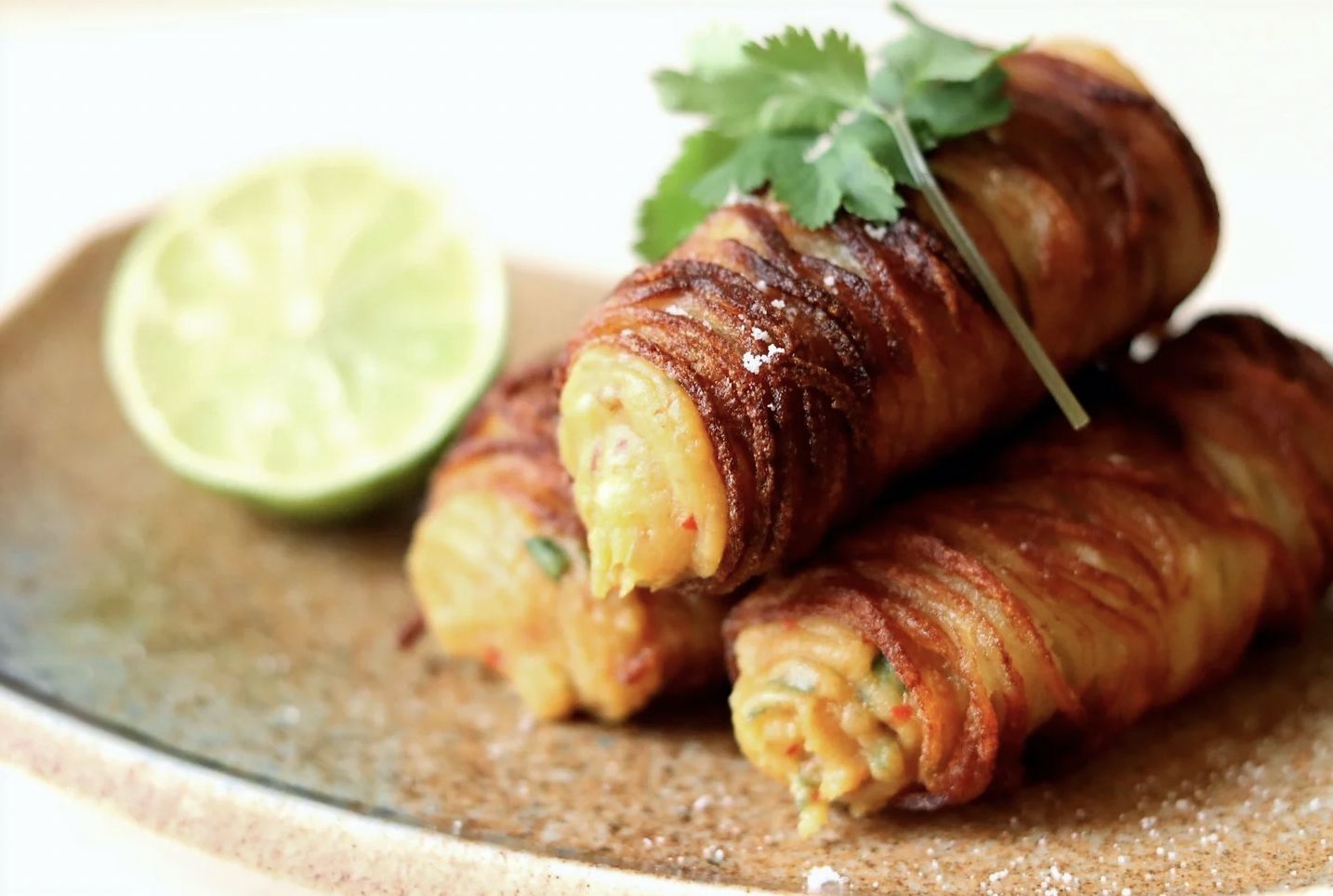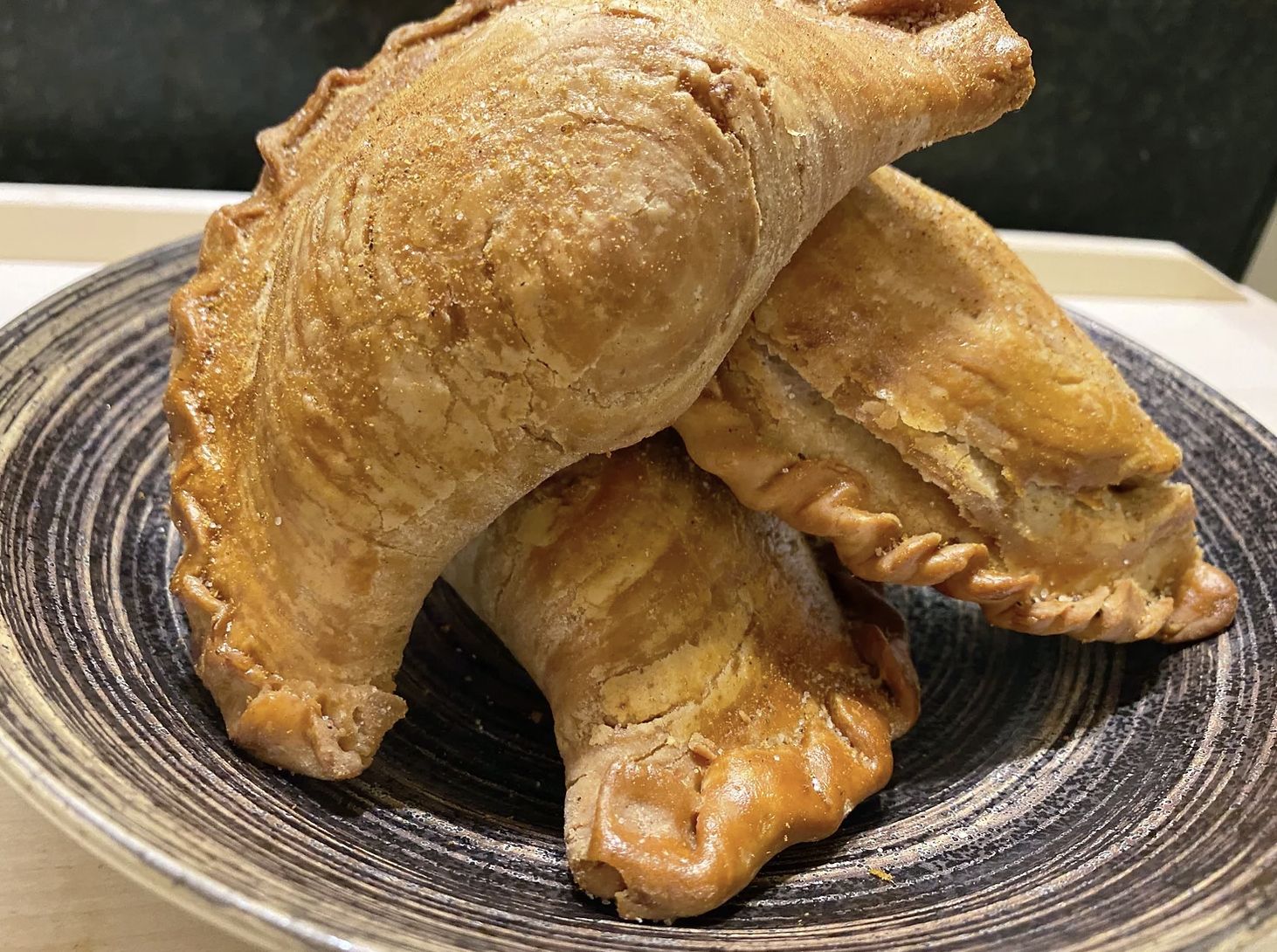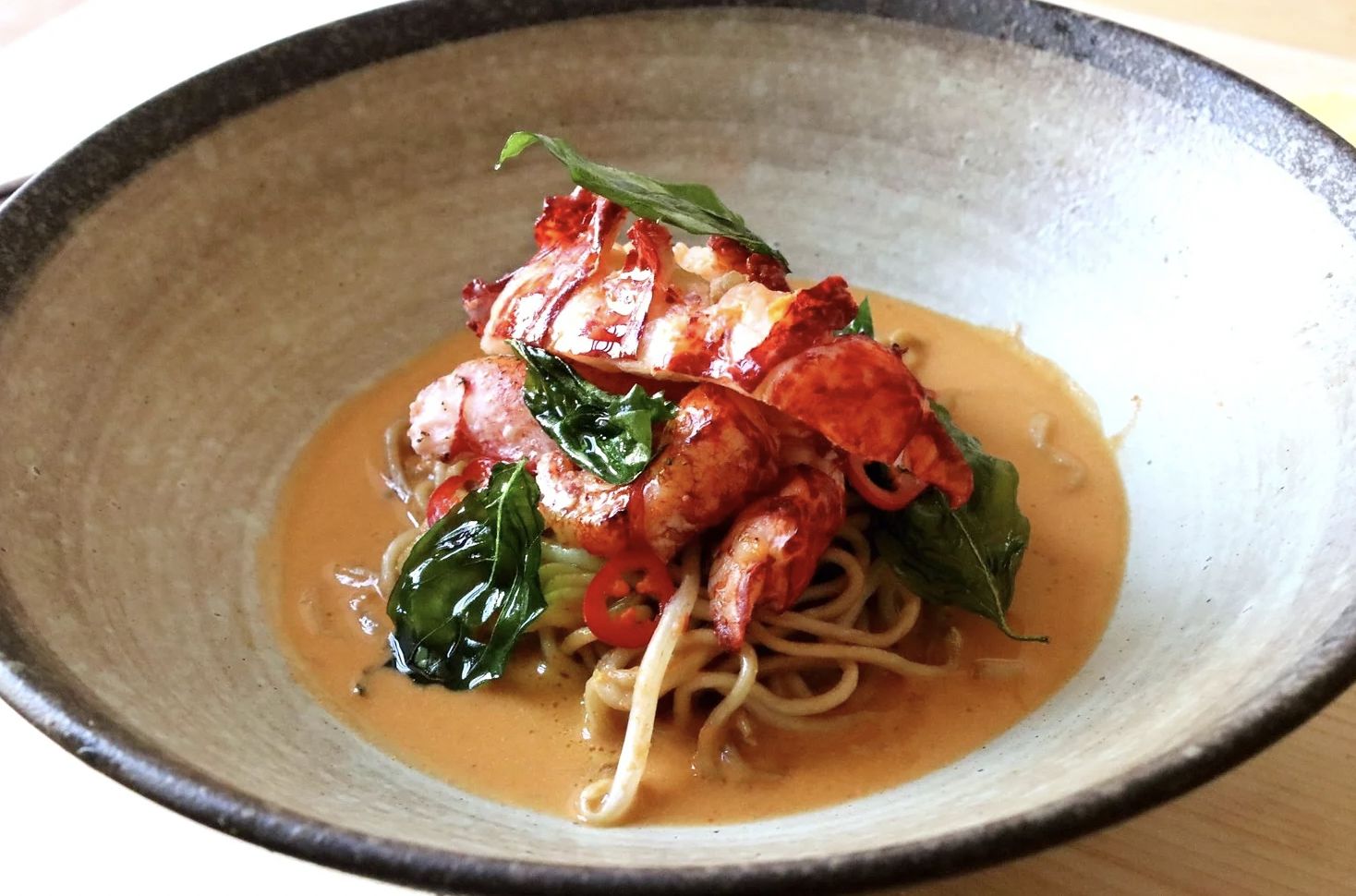
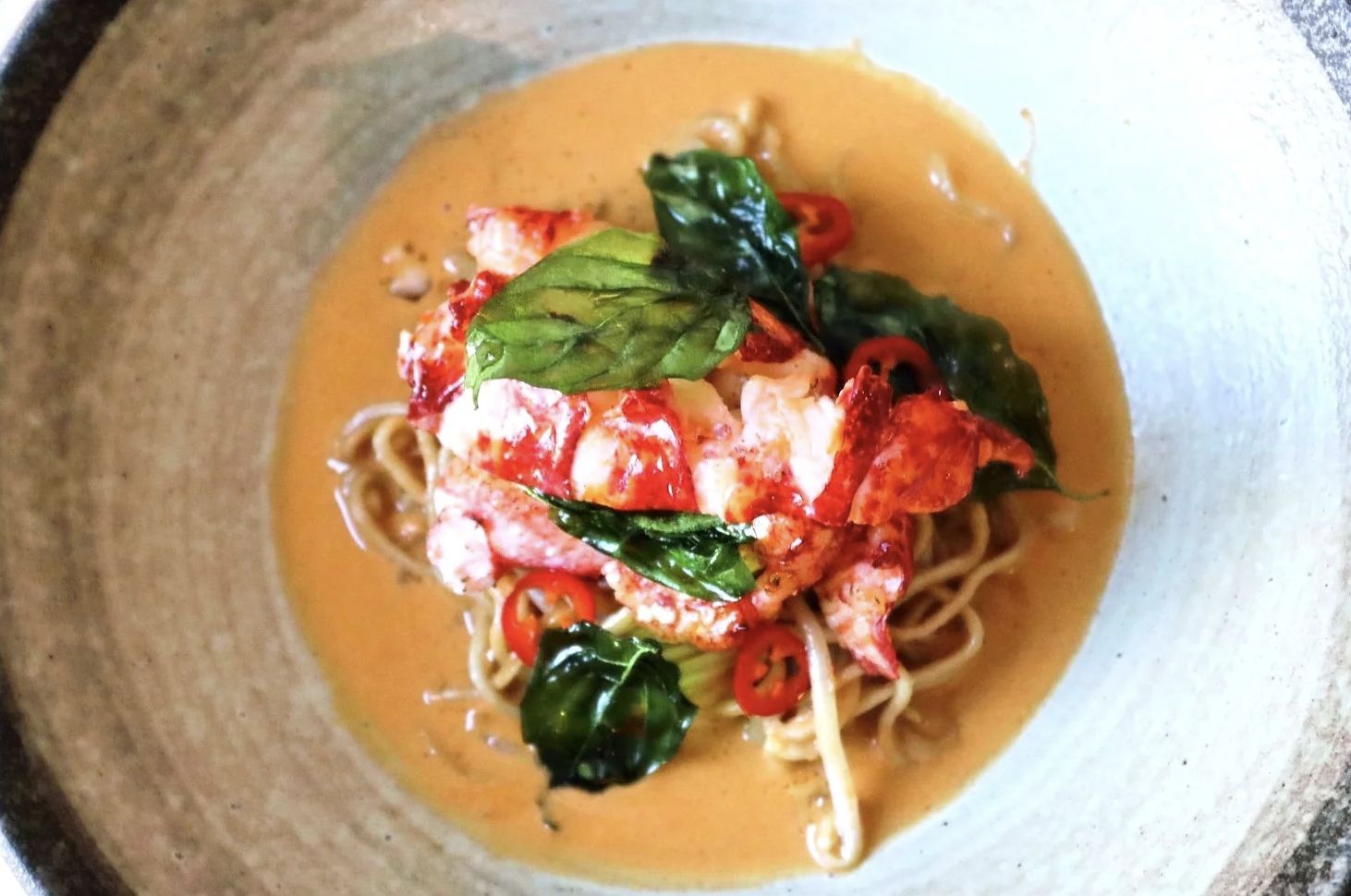
Intro:
The inspiration for this recipe was a classic French style lobster bisque. The problem I have with bisques in general are that they are far too rich for my liking, therefore, the addition of laksa spices, coconut milk and tamarind transforms things completely. Eating lobsters are expensive enough as it is, therefore, making a broth out of the carcass ensures very minimal wastage and provides far more yield making the purchase of buying lobster much more bearable. With all that said let’s get straight to it!
Method:
Laksa Paste:
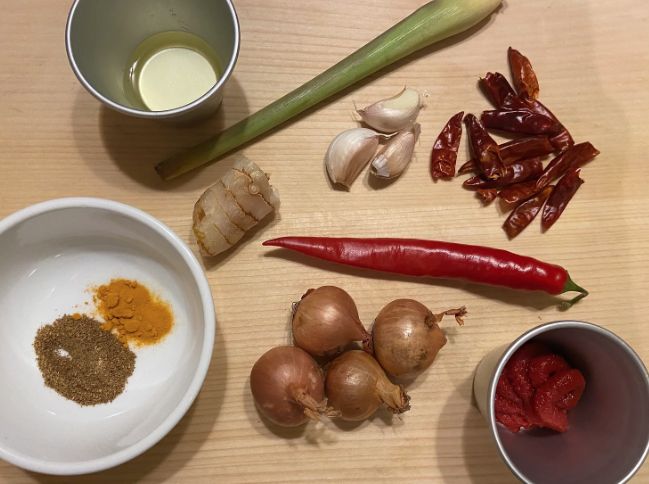
1. Let’s begin by making up a fairly typical style laksa curry paste, start by deseeding then adding 10 dried red chillies to a small bowl of warm water then allow them to hydrate for 5-10 minutes. Next in a food processor add 3-4 peeled roughly chopped shallots, 1 roughly chopped red chilli, 3 peeled garlic cloves, 1 finely sliced lemongrass, 10g of sliced galangal or ginger, 1 tsp of garam masala, 1 tsp of turmeric, 2 tbsps of tomato puree and finally all of the hydrated chillies when ready. Add a good drizzle of oil then pulse until a smooth paste is formed. Place the paste to one side for now.
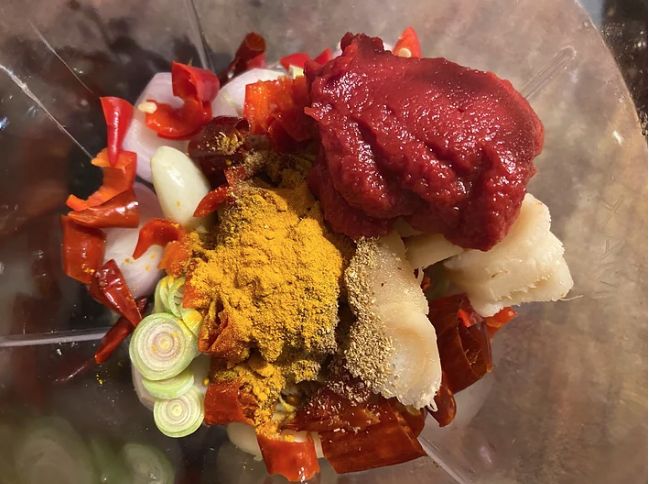
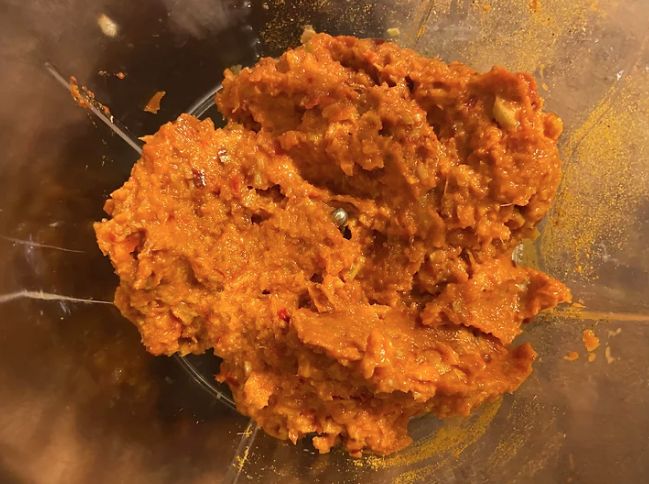
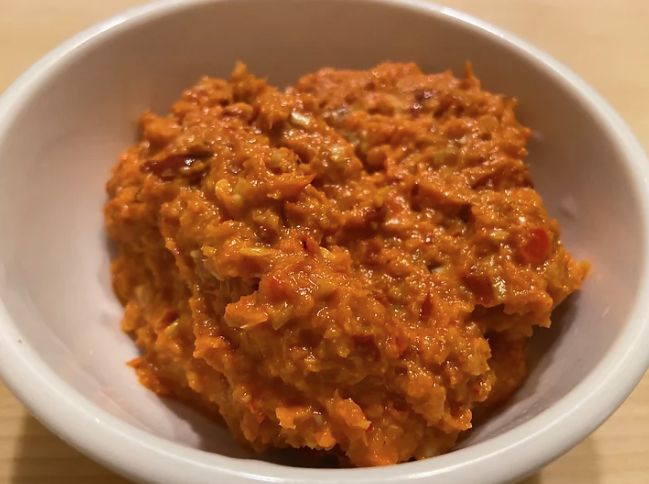
Lobsters:
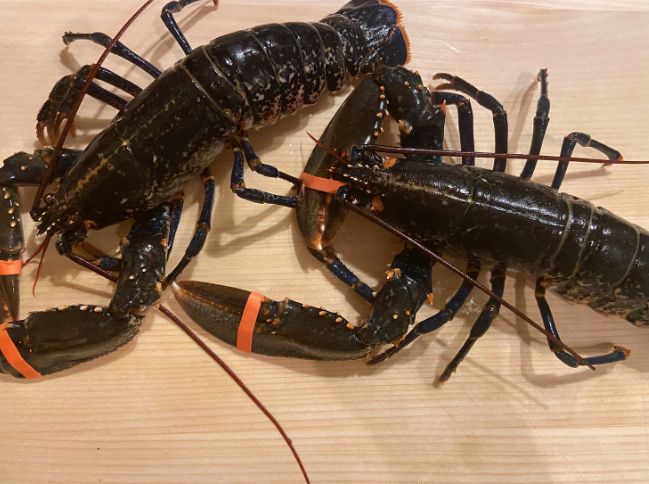
2. Now onto the lobsters, the most humane way of killing lobsters are to store them in the refrigerator or in ice water before cooking. When ready take each lobster and at the top of the head you will find a cross section (see image below), insert a knife directly down to kill the lobster instantly. When ready place a large saucepan 3/4 full of water and bring to the boil. When boiling add the lobsters whole and cook for 7 minutes. When cooked carefully remove and place into ice cold water to stop the cooking process. When chilled remove from the ice water and we can now begin to extract the meat from the shell.
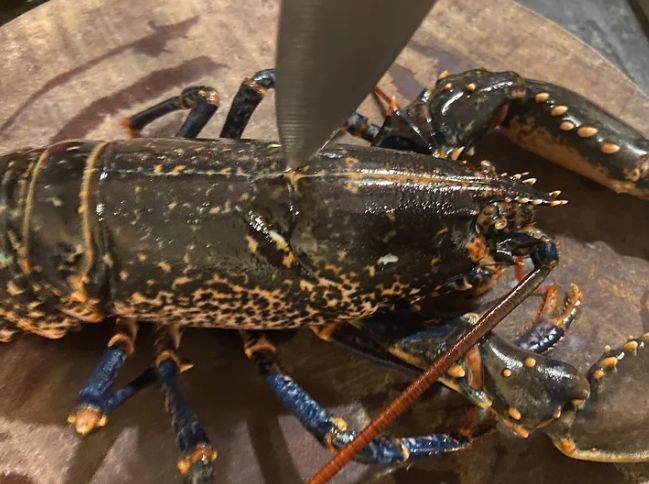
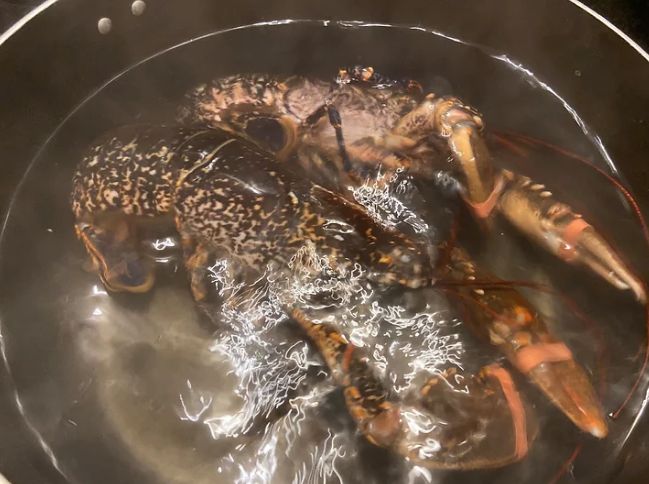
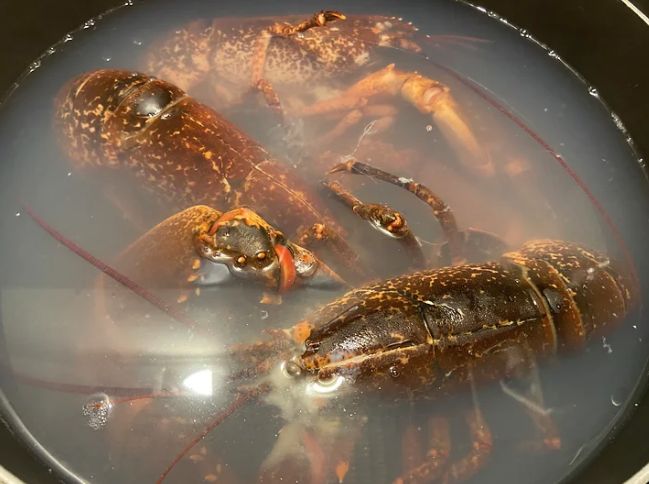
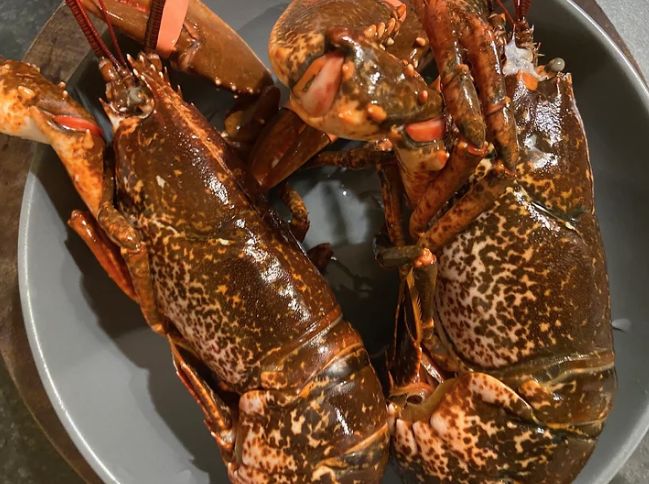
3. The first stage of preparing the lobsters are to remove the claws and knuckles by twisting them off from the top of the claw. Next we want to twist and pull off the tail section from the head then place the tail and claws to one side for now. As for the heads, place these to one side also as we will use these as the base for the broth. There is meat in the small legs also but we will not use these for this recipe.
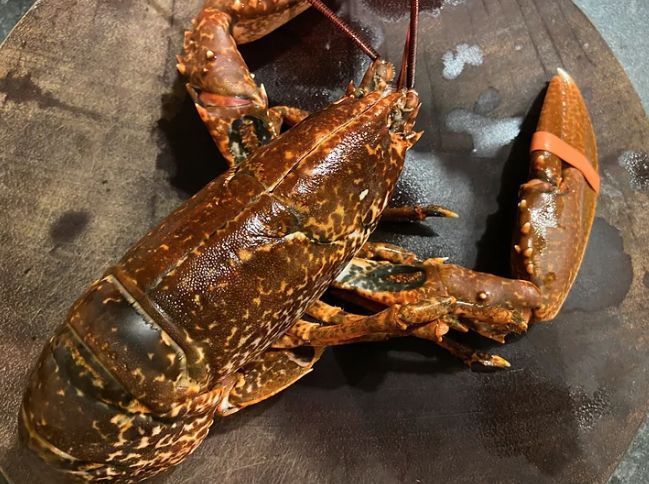
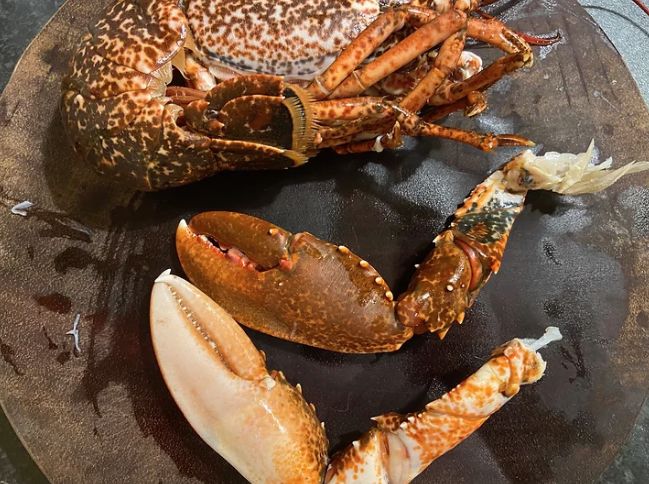
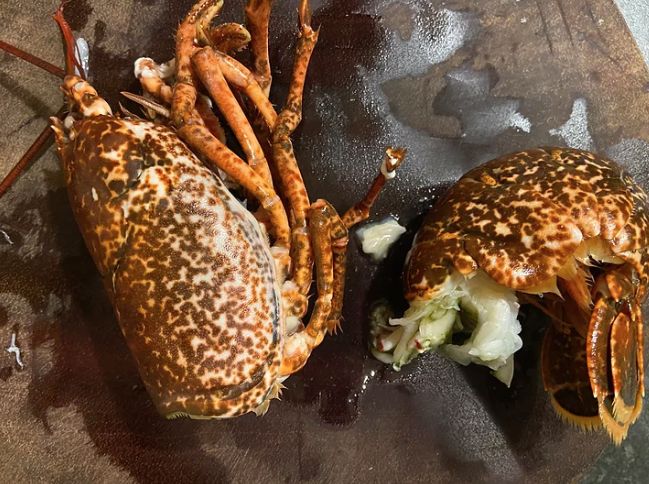
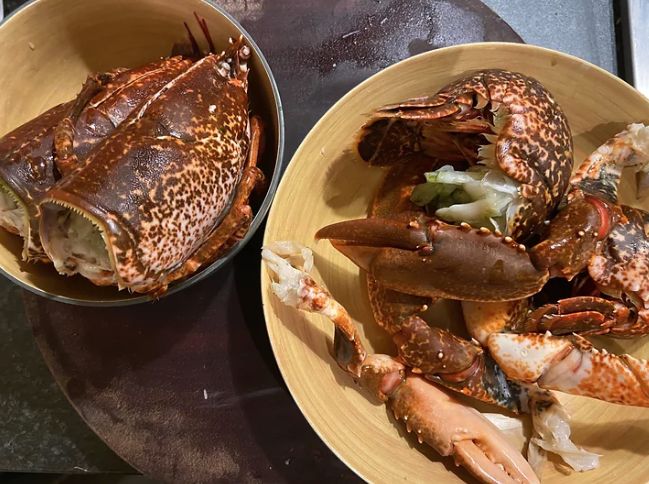
4. Starting off with the tail section, a good way to remove the tract is by carefully twisting the centre fin part of the tail then slowly pulling out. This will hopefully remove the tract although if not the tract can be removed at a later stage. For next step I find using kitchen scissors works best, flip the tail over then cut either side where the small fins are to expose the tail meat (refer to image below). When removed carefully use your thumb to ease out and remove the tail meat. When removed place onto a tray and we can move onto the claws and knuckles.
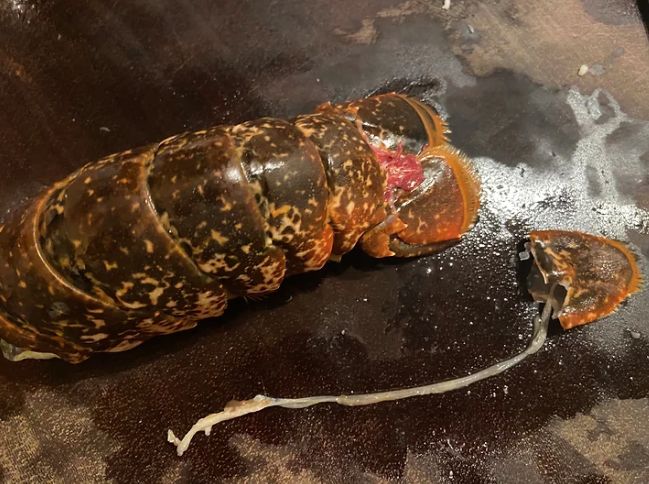
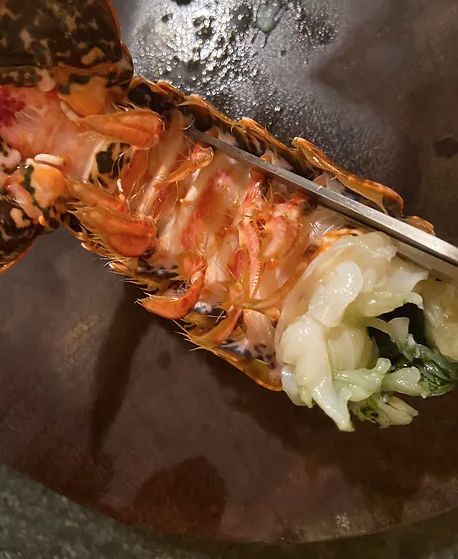
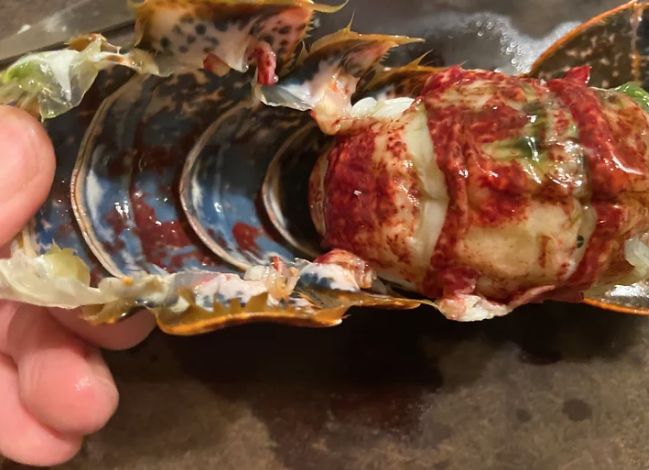
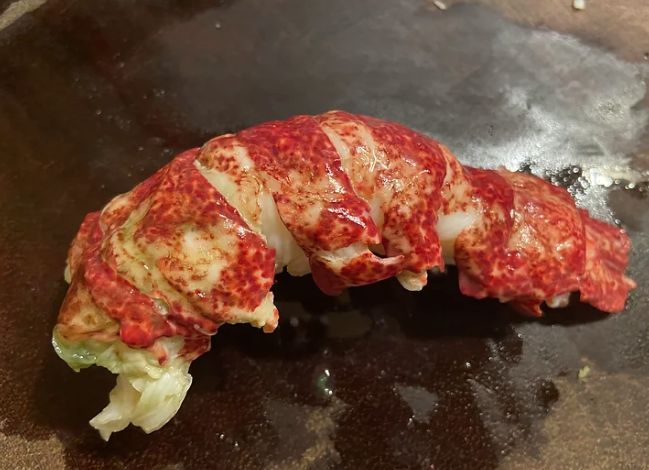
5. Now moving onto the claws, start by twisting and pulling off the claws from the knuckles. For the claws, push and carefully twist off the small bottom claw to reveal the claw meat. When doing this there will be a small disk bone attached to the meat that will hopefully be removed when you pull off the bottom claw. If not this can be removed when the meat is revealed. Next use a rolling pin, carefully crack and split the top section of the claw. Remove the cracked shell then use your thumb to remove the claw intact if possible.
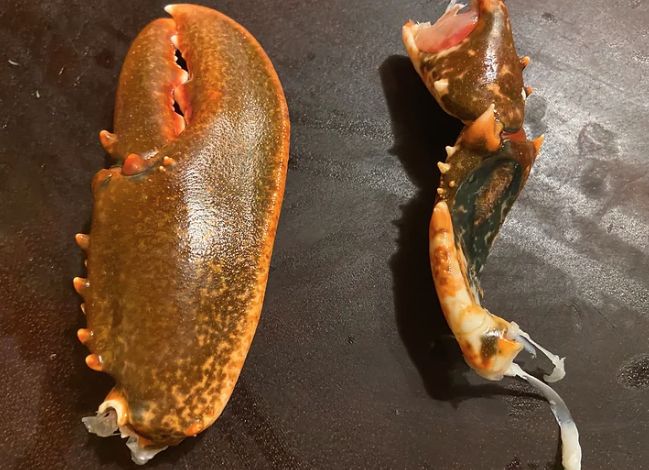
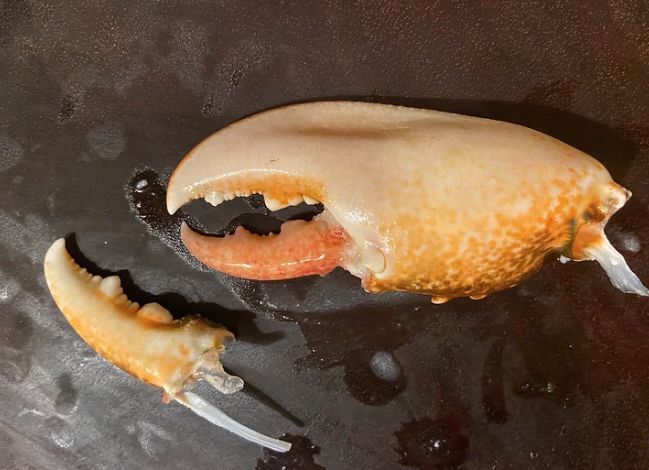
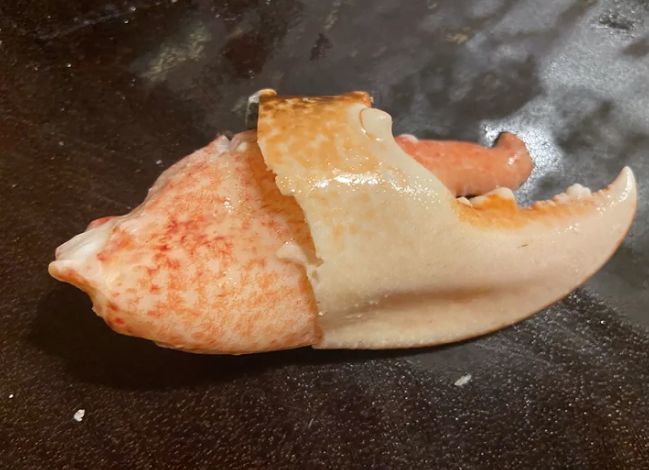
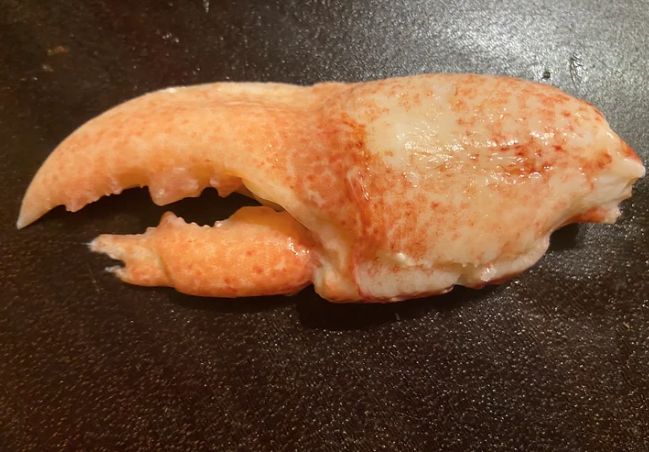
6. All that’s left now is the knuckles, again using kitchen scissors cut the knuckle directly down one side of the knuckle to expose the meat. Use your thumb or a chopstick to prize out the meat and now we have all of our lobster meat. Place the meat onto a tray and we can now move onto the broth.
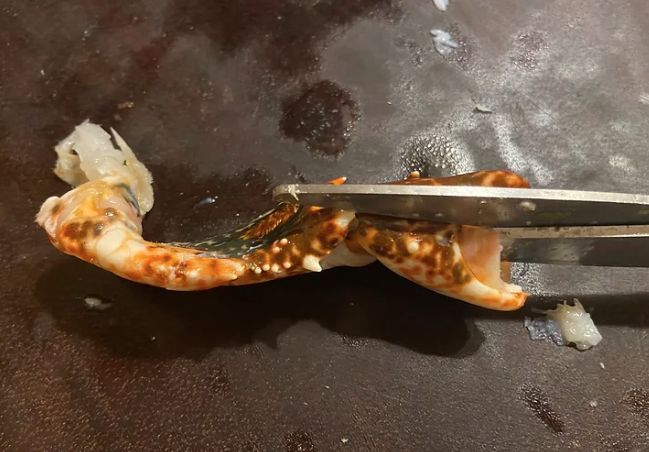
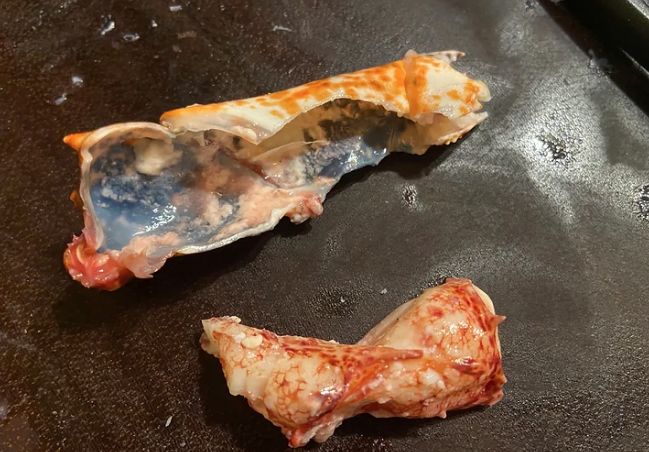
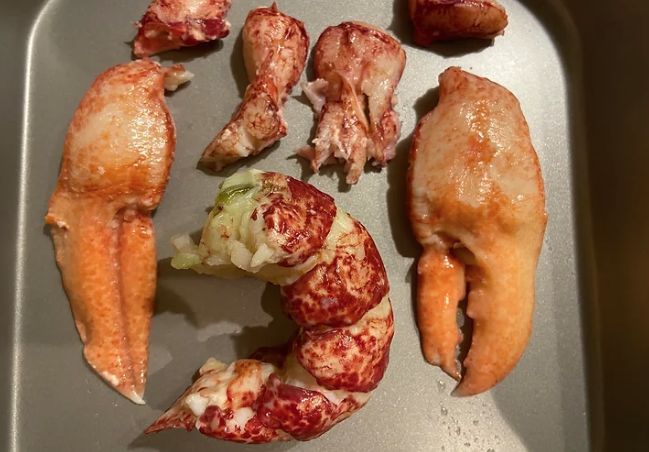
Laksa Bisque Broth:
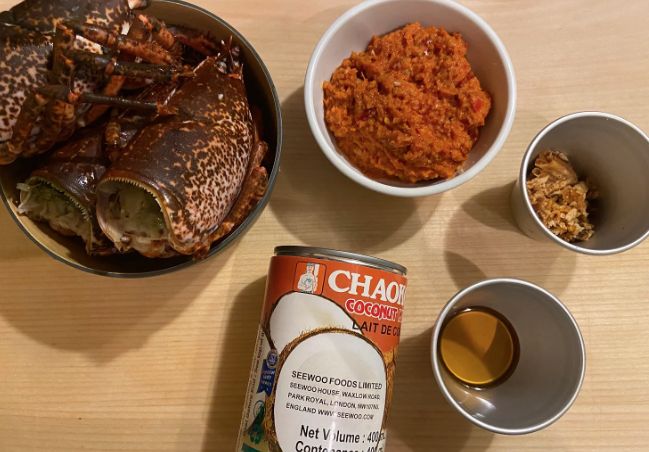
7. As for the main base and flavour component of the broth we will use the heads from the lobsters. The heads are packed full of flavour and really supply a ton of flavour and richness. Start by placing a large saucepan onto a high heat then add a drizzle of oil. When hot cut the lobster heads into smaller pieces then add to the hot pan. Roast the lobster heads for 5-8 minutes to allow all the goodness from the heads to leak out into the pan.
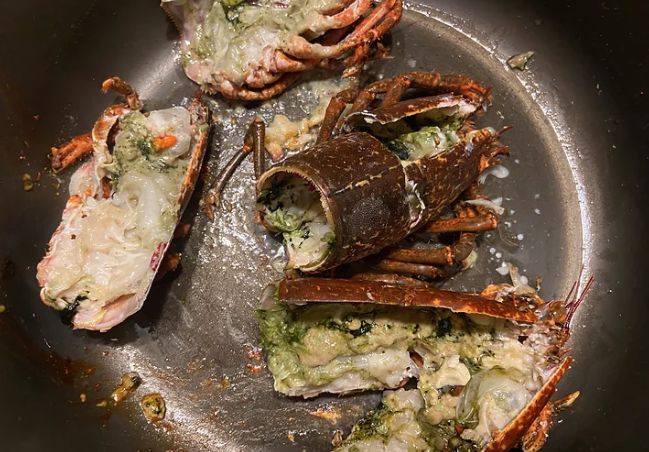
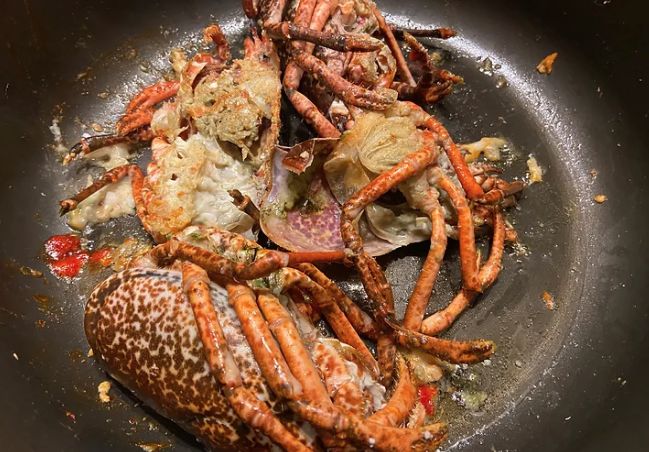
8. Next we want to add all of the laksa paste that we made earlier and continue to roast until fragrant. At this point when I added the laksa paste the smell was insanely good! When fragrant we now want to deglaze the pan by adding approx 500ml of water, 10g of tamarind pulp and 400 ml of coconut milk. Turn the heat down to a simmer and cook the broth for 35-40 minutes.
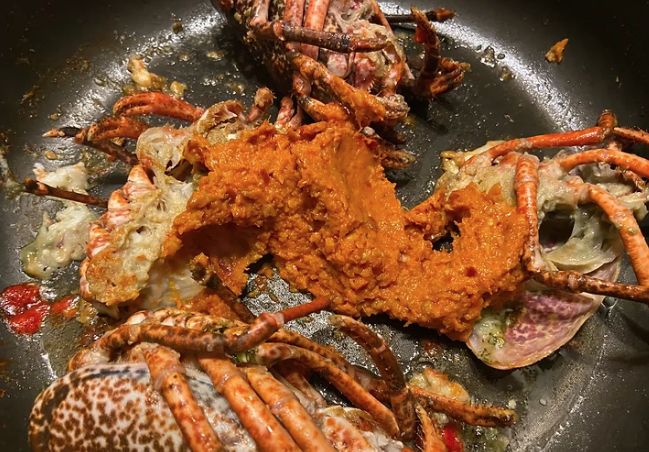
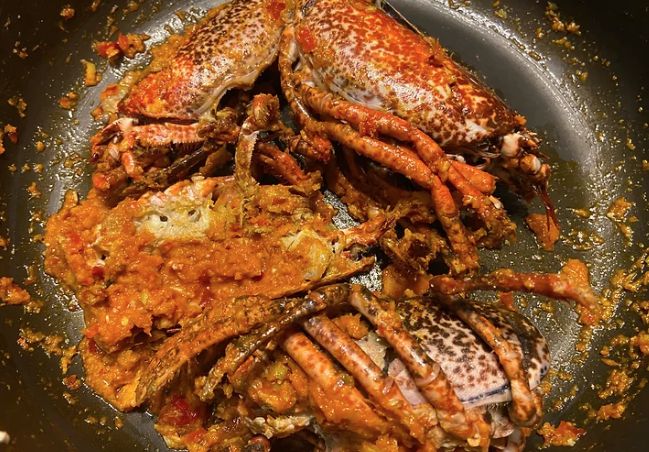
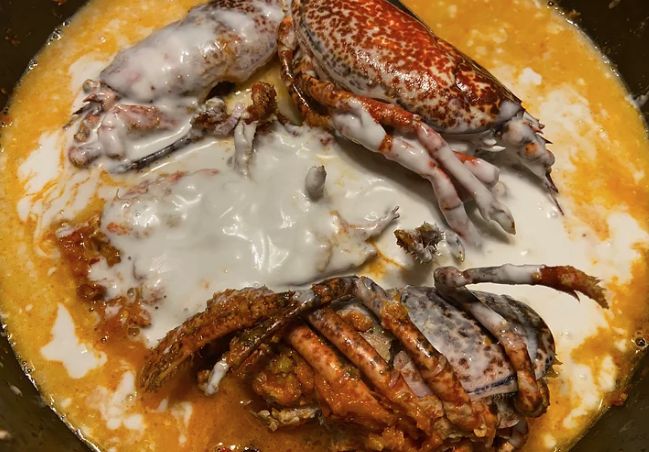
Toppings and garnish:
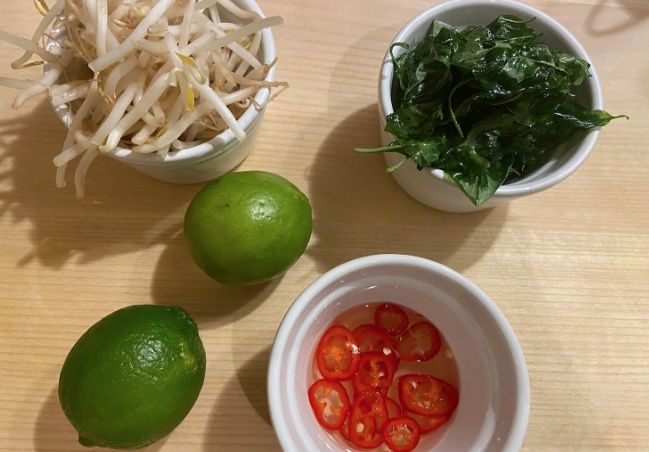
9. Whilst we wait on the broth to extract all of the flavour from the lobster we can move onto a few additional ingredients to finish the dish. As for herbs I simply fried some Thai basil for a little punch, however you could use fresh coriander also. For the chillies I finely sliced 1 long red chilli and pickled in a simple pickle of white sugar and rice vinegar. Slice a few limes to serve and wash some beansprouts. We will use the beansprouts to stir fry with the noodles at the end.
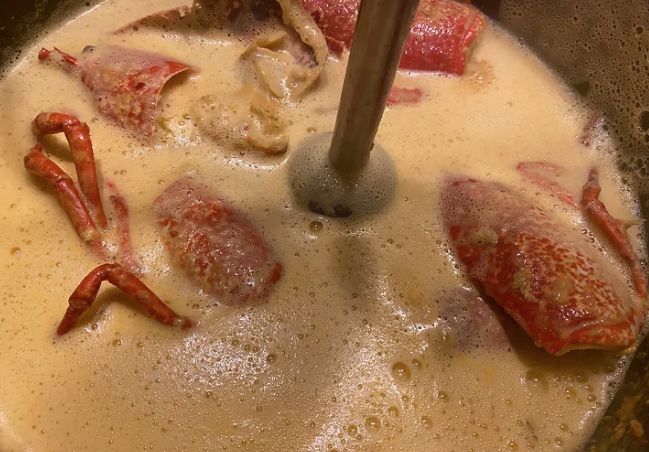
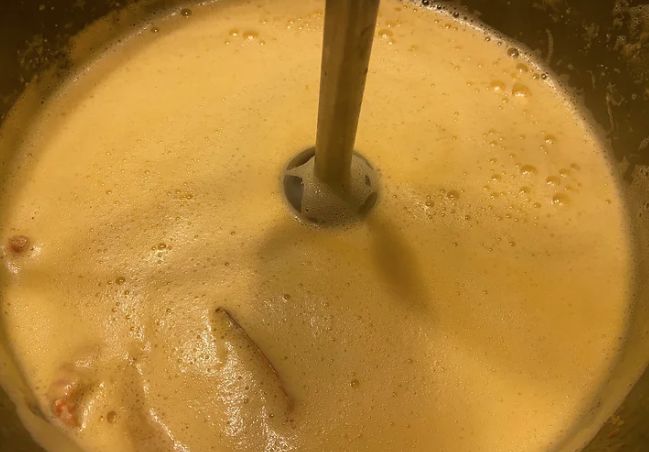
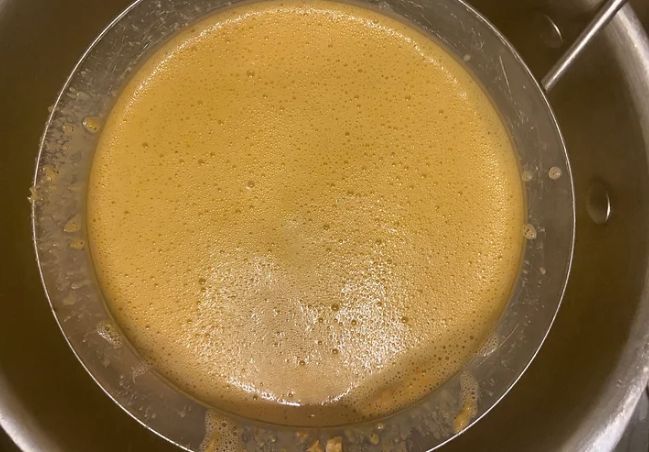
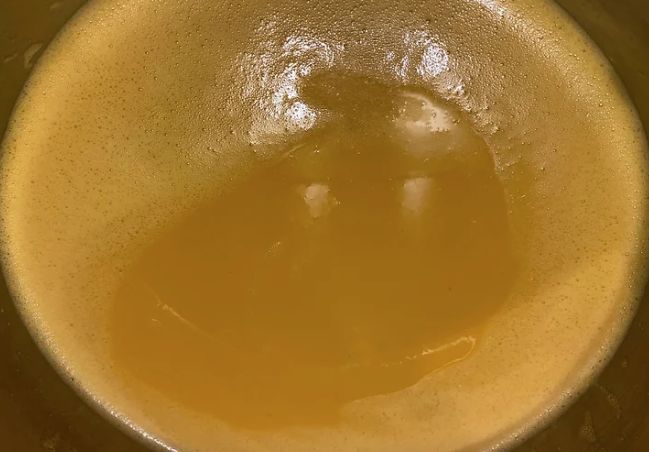
Egg Noodles:
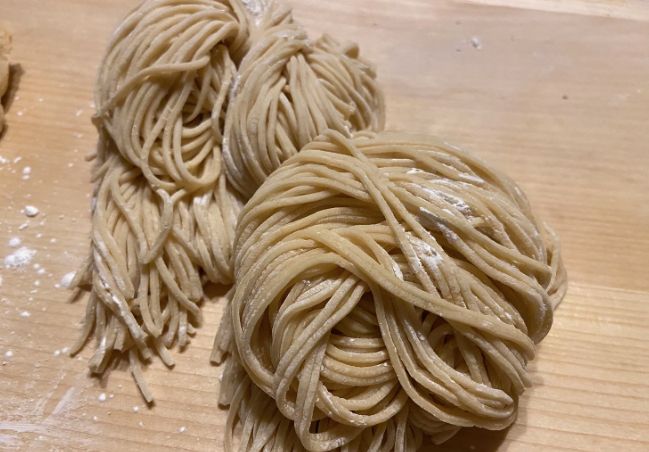
11. All that’s left now is to finish off the lobsters and to cook the noodles, I always make up my own noodles and for the recipe click on the link in the ingredients list. If you are using dried or store brought then add to boiling water and cook for just under what the packet suggests. For freshly made egg noodles I literally added to boiling water and cooked for 45-50 seconds. When cooked drain from the water then chill under cold running water. We now want to briefly stir fry the noodles to add a little more finesse to the dish, add a drizzle of oil to a wok or pan then when hot add the chilled noodles. Briefly stir fry for 2-3 minutes then add some beansprouts and a touch of kacip manis for a touch of saltiness and stir fry.
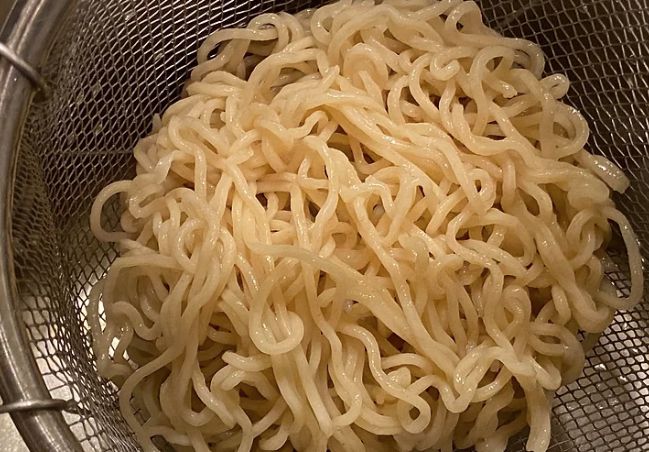
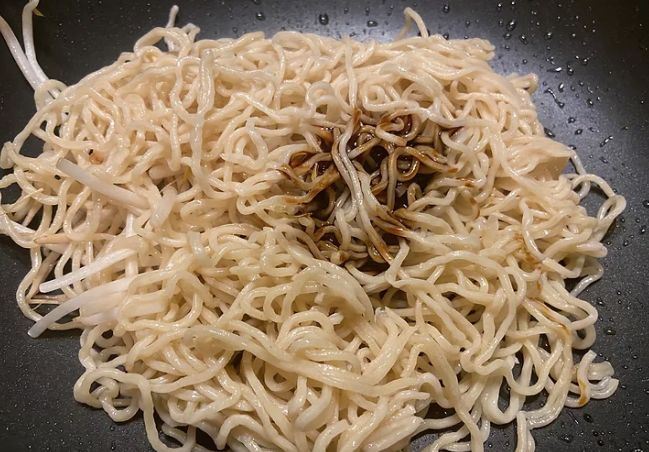
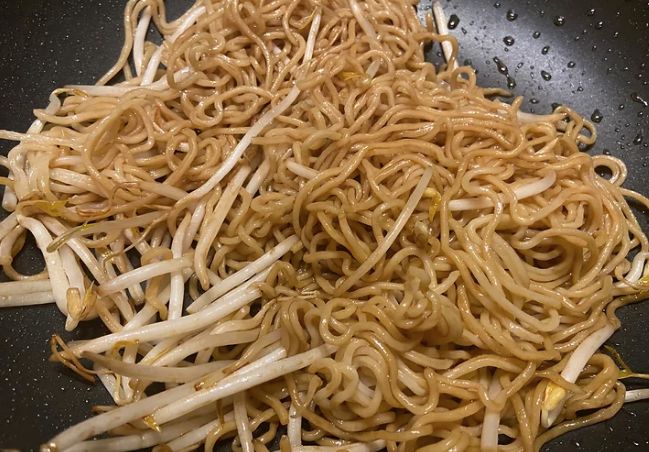
12. To finish the dish all that’s left is to is to finish off the lobster, add a drizzle of oil into a pan then when hot add the lobster pieces either as they are are cut into more manageable pieces. Briefly shallow fry for 2 minutes then finish with a squeeze of lime.
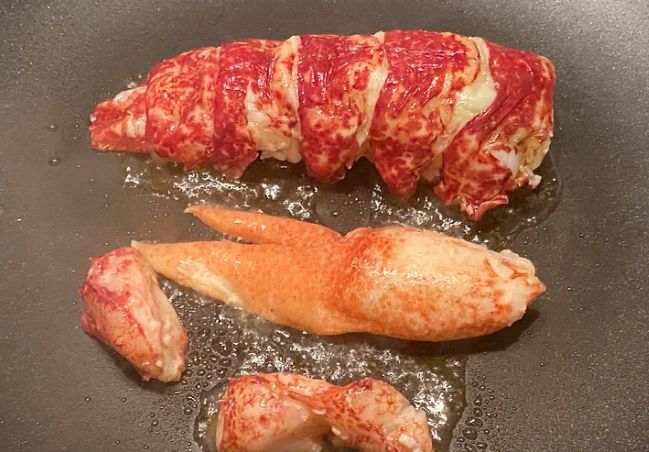
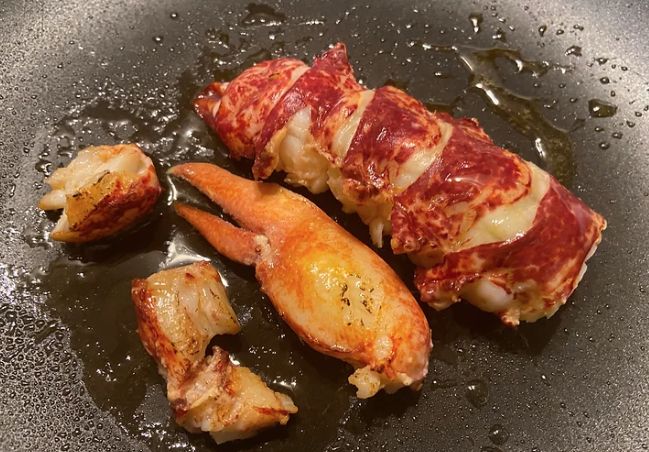
13. Now to serve, divide and add the stir fried noodles to the centre of some bowls and divide and pour the broth over the noodles. Add some lobster over the top and finish with a squeeze of lime, a few pickled red chillies and some herbs…Hope you like my take on a lobster laksa/bisque!
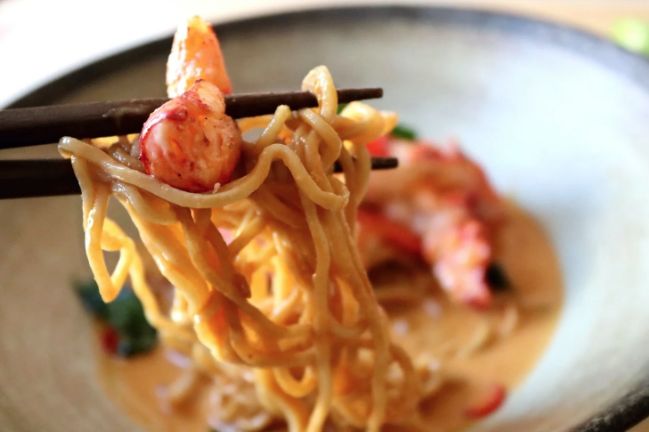
Additional notes
Right off the bat if you cant get hold of lobsters then you could alternatively use, large prawns or even crab as a substitute. This would alter the cooking times and prep, however, the concept of separating the meat and using the shell to assist with the broth would still work. The stage where we stir fry the noodles is optional just to add, as you could also simply just boil. Have fun with this recipe wether it be just on how to make a laksa paste or how to prep a lobster hopefully you can take something away with you. Peace as always!

